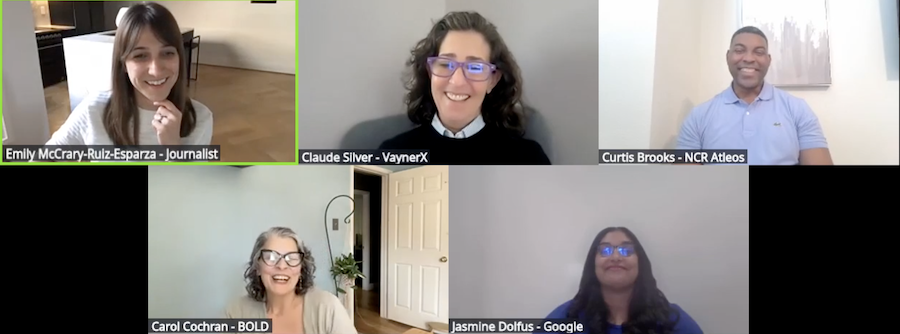Unified by Innovation: Tech’s Role in Global Workforce Management


Artificial intelligence may be the most exciting new hire, but it’s not ready to make tighter-knit teams. As companies race to automate recruiting, performance reviews, and even written feedback, some HR leaders are asking a different question: Can technology actually make people feel more connected at work?
That question is top of mind for Claude Silver, chief heart officer at global marketing firm VaynerX. Her team is experimenting with AI to generate personalized, quarterly feedback for employees—part of an effort to give people more consistent check-ins with their managers. But she’s yet to find something AI-powered that really facilitates interpersonal relationships. “I really want some AI tools that strengthen human relationships,” she said. “Bottom line: belonging and trust. I want to find a way that AI can help us with the connection moments.”
Until AI can do it, companies are finding other ways to use technology to foster interaction, especially as teams become bigger and more global. That was the topic discussion among a panel of HR leaders during From Day One’s October virtual conference on smart strategies for collaborating across borders.
At fintech company NCR Atleos, global executive director of talent and learning, Curtis Brooks is using tech to create learning communities where employees exchange leadership lessons and self-reflect. “People are starting to comment, and when one person comments, it creates the space for the next person,” he said. That kind of engagement, while modest, can spark a ripple effect of connection across teams.
Too Many Tools, Not Enough Connection
But as companies add tools, they risk overwhelming the very people they’re trying to connect. HR tech stacks have grown taller–and unwieldy. Information and data are stored across disparate systems, team communications are fragmented, and unvetted tools can introduce security risks.

The first test of whether a tool is worth using is whether it creates connection or friction, says Carol Cochran, senior director of HR at BOLD. Cochran recalled a team that relied on a pulse-check tool for frequent feedback. When that platform was retired, the team tried to recreate it on their own, adding so many new questions that it became a miniature engagement survey. “Suddenly it shifted right from being a pulse check useful for line managers to a mini-engagement survey where they were asking questions that, frankly, line managers aren’t in a position to really address,” Cochran said. “That was going to create more friction than connection.”
Picking and Choosing
At Google, global HR leader Jasmine Dolfus uses a four-part rubric to decide whether new tools are worth adding. Step one: assess needs and local compliance requirements. Step two: compare against standardized business criteria to ensure equity and consistency. Step three: make sure the change won’t disrupt or disadvantage other teams or regions. And finally, monitor the impact once the tool is in use.
At NCR Atleos, Brooks applies an 80/20 rule. About 80% of technology and processes should be universal to the company, while 20% should be unique to specific teams or geographies. “It’s employee-driven, business-directed, and organizationally enabled,” he said.
Cochran says that at BOLD, which recently acquired CareerBuilder and Monster, the challenge has been integration. Each company brought its own HR systems, workflows, tools, and habits. “At least in the beginning, you have to save a lot more than you can cut to keep business continuity,” she said. “There’s so much change hitting people that you don’t want to pull away the tools they need to stay functional and operating–even if it’s just a communication platform, because that’s what they’re used to.”
That cautious approach may be what keeps these HR leaders grounded amid all the AI hype. For all the promise of automation, the real opportunity lies in designing systems that strengthen, not replace, human relationships.
“We all need to understand AI, to use AI, and to not be afraid of it,” said Silver. “But at the end of the day, when I put my hand on your shoulder and say, ‘I got you,’ AI is not going to do that.”
Emily McCrary-Ruiz-Esparza is an independent journalist and From Day One contributing editor who writes about business and the world of work. Her work has appeared in the Economist, the BBC, The Washington Post, Inc., and Business Insider, among others. She is the recipient of a Virginia Press Association award for business and financial journalism. She is the host of How to Be Anything, the podcast about people with unusual jobs.
(Photo by Jacob Wackerhausen/iStock)
The From Day One Newsletter is a monthly roundup of articles, features, and editorials on innovative ways for companies to forge stronger relationships with their employees, customers, and communities.